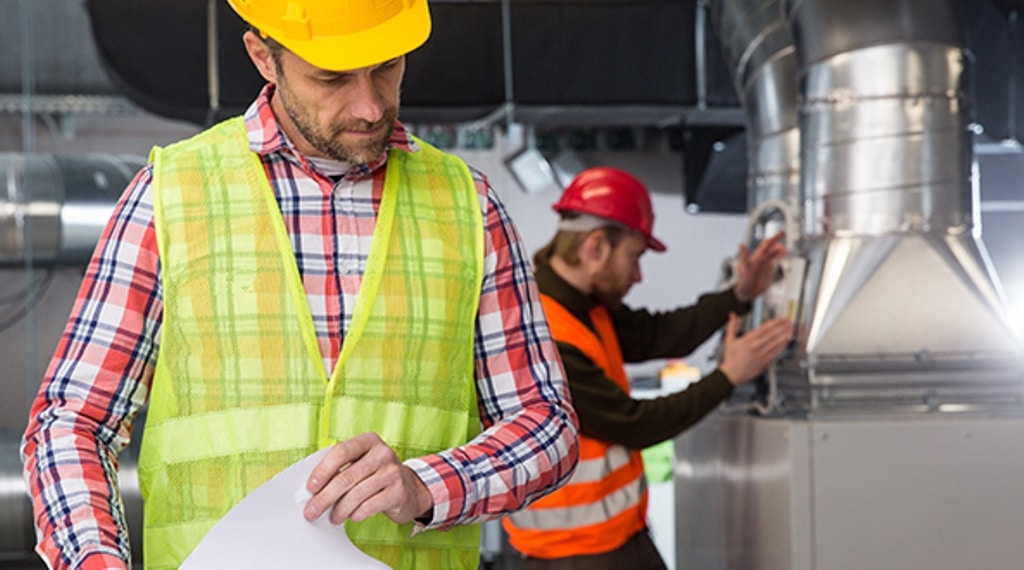Mechanical ventilation and heat recovery systems have come a long way from their early days and today, the technology is making a huge impact in both residential and commercial buildings. Despite its many benefits, there are some things that should be addressed.
Research has shown that MVHR systems can in most cases be very beneficial, but it depends on certain crucial factors. Discussing some of those factors is important and timely intervention can easily prevent/fix such problems, making MVHR systems work in the energy-efficient way that they are supposed to.
Retrofitting is Not Always a Viable Option
Retrofitting MVHR systems is not always a viable option because older buildings were never built to accommodate a heat recovery system. The problem is if a homeowner is unaware of this, the contractor might mislead them into installing one anyway. Unless there is sufficient space to accommodate the unit in its entirety, the MVHR system will not be able to work efficiently, if at all.
Working only with reputed names in the business like BPC Ventilation is recommended because popular brands have a reputation to uphold. They will inspect the building in question first, before deciding whether it can successfully incorporate a heat recovery system. Suggestive estimates will only be presented in accordance with the available space and the needs of that building if it qualifies as being fit for MVHR installation.
Ducting Mistakes are Frequent and they Can Severely Affect Insulation
Common installation mistakes observed are those of poor duct placements. For example, when the MVHR unit is installed in the cold loft, all ductwork (supply and extract) must be adequately insulated. Failing to do so will lead to condensation, which is directly contradictory to the mechanism behind heat recovery systems.
Experts unanimously agree that the roof’s own insulation should cover the ductwork properly, rather than both being insulated separately. Unless the roof insulation is laid on top of the ductwork, the temperature difference between the cold loft and the room just below it would be unavoidable, leading to excess energy consumption from the boiler, as it will fruitlessly attempt to correct the difference.
Squeezing MVHR Units in Tight Spaces Can Lead to Serious Complications
If a contractor has pushed the main unit into a tight space, then that can create a long list of problems in the future. The following examples should be able to better explain why that is a serious installation flaw.
- It is likely that the main unit will have its exhaust grilles partially or fully blocked in a tight space.
- Without enough room for someone to enter the area, conducting routine checks, running maintenance, and repairing them when needed would be difficult if not impossible.
Thankfully, it is not particularly difficult to ensure a heat recovery system works efficiently by identifying and then correcting issues. It is still advisable to avoid making the costly mistakes to begin with since fixing them will always add more to the overall cost.
⚠ Article Disclaimer
The above article is sponsored content any opinions expressed in this article are those of the author and not necessarily reflect the views of CTN News






